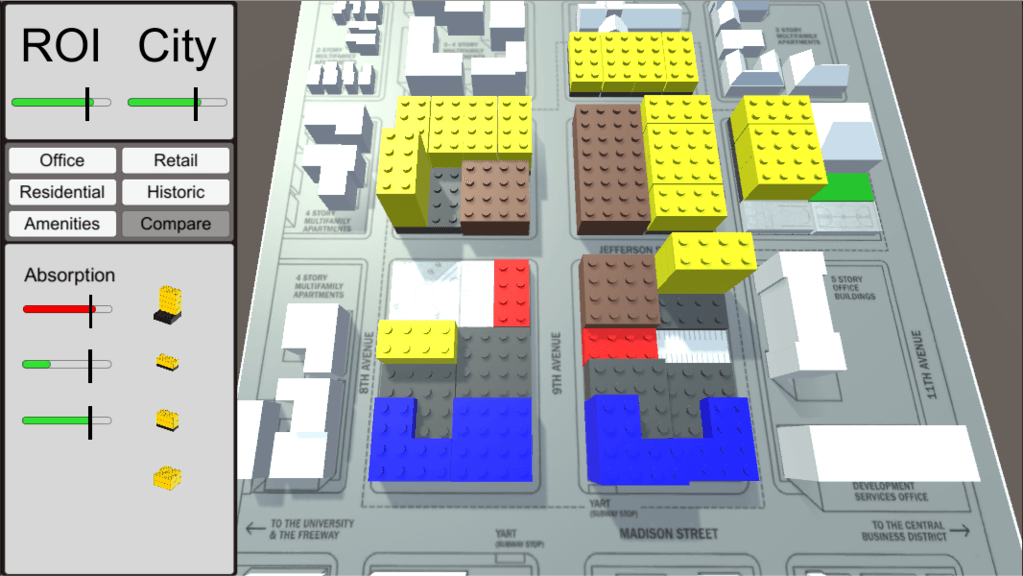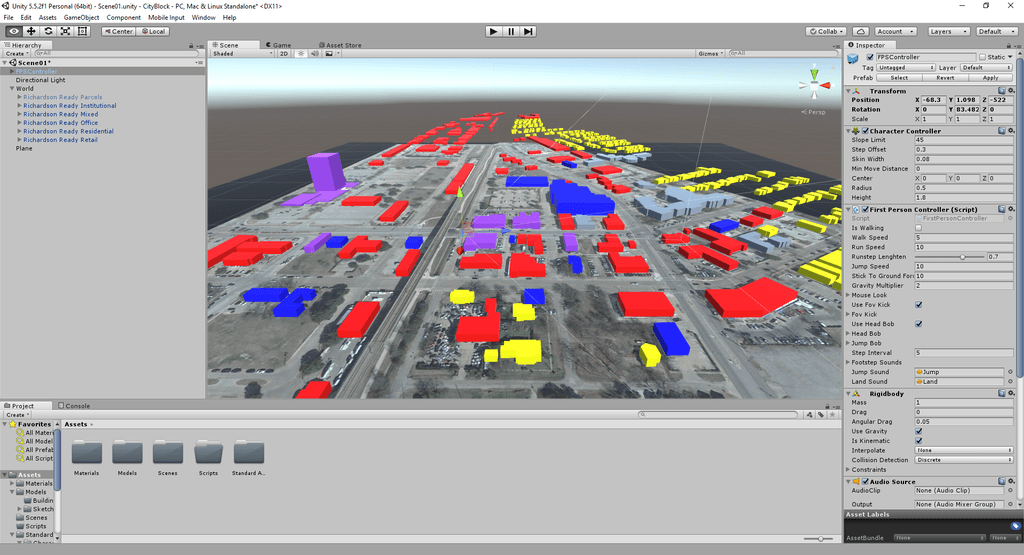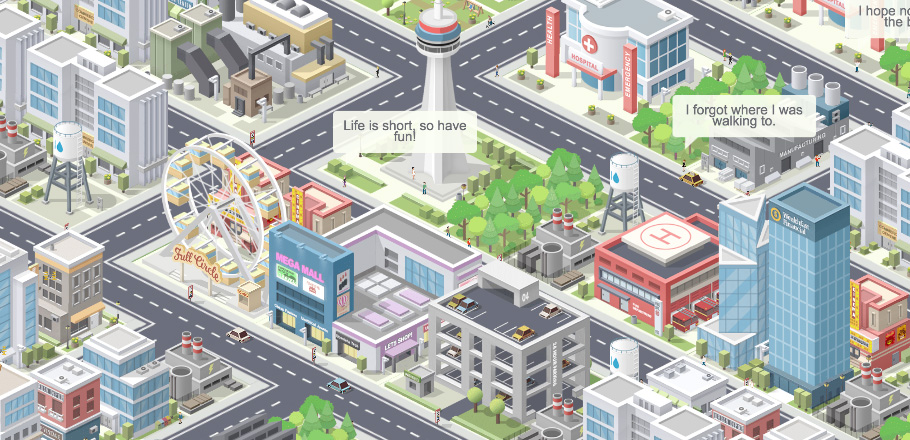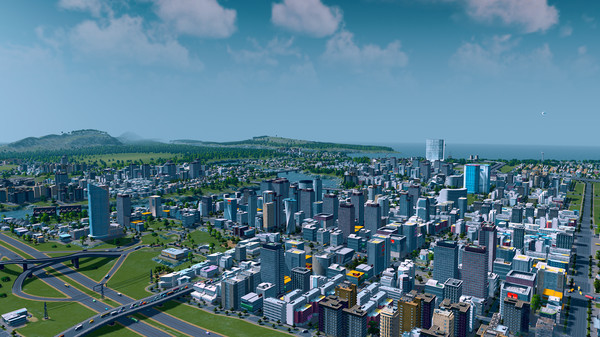If you’ve ever been part of a public participation process you know how deeply unsatisfying it can be. Too often, your voice is reduced to a sticky note or a vote with little discussion or nuance emerging from the process.
While learning is one of my greatest pleasures in life, how we learn and grow as a species fascinates me. And then there’s the fact that if we don’t learn and grow fast enough, we may just cause our own extinction through climate change, nuclear war, artificial intelligence, or other means.
I come to these issues through my various backgrounds as does anyone. For me, that was through real estate, building a tiny house, playing football (i.e. soccer), Toastmasters (20 years now), medicine, healing, and violence as an army medic and then recovering and self-developing, and through my various academic disciplines including engineering, human communication, real estate, architecture, game design, and GIS.
Public Participation Games
For my dissertation, I studied urban design in the context of how we could prototype a game to facilitate public participation. There are others that did it before – Buckminster Fuller is said to have claimed to solve the world’s problems through a World Game back in 1961. Most recently, the Ekim Tan has developed Play the City based in The Netherlands.
Play the City is a board game based on actual maps of areas to be redeveloped. Stakeholders are invited to come and add buildings in turn and discuss their moves. They are usually not allowed to undo another player’s move.

Source: https://www.playthecity.nl/page/15816/area-development-game
My main critique of the Play the City process is that it doesn’t include financial data. While I understand that financial data can be challenging to come by, without that feedback, it’s hard to stay that anything you’re doing is feasible. Even if it’s just representative data like tax assessment values, there needs to be some grounding in reality. Part of the conversation we need to have with the public is whether we can afford to build what we want.
Another precedent I considered was The Urban Land Institute’s UrbanPlan program. I was a facilitator for several years during my study. Teams of high school or university students or public officials develop proposals for a mock city council to select. It is both a site plan and a proforma spreadsheet where they are given minimum targets for profitability and return to the city.

Source: http://urbanplanresources.uli.org/
As a facilitator, I found there was substantial friction between assembling a site plan and then updating the spreadsheet to find out whether it would work. As a programming exercise, I replicated the mechanics in the Unity game engine. I stopped short of completing it because 1) I ran out of time for the class I was showcasing it, 2) I realized it doesn’t include the game mechanics that were important and relevant to me. The last 5% to finish it would have been to update the buildings to have triangles so that the drag and drop function would work.

Interestingly enough, I did let the UrbanPlan staff know that I had done this. I heard nothing back. A year later, I was invited to test a digital version of UrbanPlan which was 2D and did not include any of the financials. Aside from that, my main critique was that this exercise didn’t allow for mixed-use development and didn’t factor in concerns related to urbanism or placemaking. We were encouraged to challenge the teams on their thinking but there were no metrics such as walkability. This is the industrial-scale rather than the incremental we advocate here.
As part of my research, I developed a board game as well. I printed a 32″ square map scaled to regular lego pieces and we played it a few times. I found that while the map itself worked fine, the calculations we were doing on the spreadsheet were too tedious. We were always sitting around waiting for the player to finish calculating.

The reason I selected this part of Richardson was that it is the only place that has the historic downtown grid and that it is a planned development that allows for most any non-industrial uses. A couple of unintended outcomes were that one player wanted to build a large hotel in the middle of the downtown area. We also had a joint-venture feature that one player inadvertently used to bankrupt another player. It was fun but I haven’t figured out how to make it fun enough to replay regularly without the finances being too tedious.
Additionally, I built out this part of Richardson to see how challenging it would be to import the GIS data into Unity. One tricky part of it was that I needed to be able to preserve the parcel data separately from the building on top of it. I got far enough with it to feel good about the feasibility.

Computer Games
Prior to writing this, I checked again to see if any new mobile games had been released. I found a new one, Pocket City.

I downloaded it and spent the evening running through the game getting my city up to level 59 with 16k+ citizens and $12M in cash reserves. I found the mechanics to be similar to SimCity where everything is auto-oriented and the main activity is unrestricted zoning and building infrastructure.
Speaking of SimCity, arguably the best city building game is Cities: Skyline. It has much more functionality than SimCity. I even watched a tutorial about how to build more accurate and functional roundabout yesterday on YouTube.

The failing of most city games for planning purposes is that they model cities as optimization problems with deterministic outcomes. Cities are ecologies. We can simulate them from a systems theory perspective and need to get the stocks (i.e. resources), flows, and feedback approximately correct.
The other thing they get wrong is the orientation around an omnipotent, omniscient mayor. Secondarily, they are auto-centric and feature infrastructure that is abundant, solves all transit issues, and never needs maintenance.
Our Game
The game we plan to build would include the best features from all of the above. It would look something like any of the current city-building mobile games.
In planning a game, one of the biggest considerations is the mechanics. Those are basically how the game works. You have to ask what it is you are wanting to play or simulate. We also have to decide how accurate to the real world we want to model. Usually, the more highly accurate a model is, the more likely we are to call it a simulation rather than a game.
For our game, we want to be the incremental investor/developer. Some of our mechanics would include:
- Each project has financial data such as cash flow and returns on investment for the player. Their financial acumen can improve and affect their access to capital over time.
- Each project has a community impact factor such as one that improves the urban form, walkability, affordability, resiliency, or not. The player’s reputation would affect the price they can get, their cost of building, and the community’s support for zoning variances.
- Each project impacts the city budget and can be evaluated as a dollar per acre return and whether the city would approve the project if needed.
- Players can work up slowly or pool resources for larger but still incremental projects.
- Players can test assumptions and see what happens when they build according to auto-oriented or incremental patterns.
Those would be the basic mechanics of the game. Basically, a player should be able to learn the basics of incremental real estate developing. Beyond that, we would have mechanics for public participation:
- Cities could upload areas for which they want public feedback.
- Residents could play the area in sandbox mode while checking their metrics.
- Residents could share their plans with each other and city staff.
- Residents could comment on and upvote better plans.
- The best plans could be worked out by city staff or consultants and voted on by the residents.
- Some levels could be used to (equity) crowdfund actual projects.
- Some levels could be used for managing REITs or community land trusts.
- Some levels could be used to prototype or playtest various zoning changes.
That’s our vision. Please visit our donate page if you would like to contribute to making it happen.
Leave a Reply